Top Causes of Fire Sprinkler Malfunctions and How to Prevent Them
Prevent Disaster
Fire sprinkler systems are one of the most reliable ways to protect lives and property during a fire. However, like any mechanical system, they require proper maintenance to function effectively. Without regular care, fire sprinklers can develop malfunctions that compromise their ability to respond during emergencies. At ASAP Fire Sprinkler Protection, we specialize in keeping your fire sprinkler systems in peak condition to ensure your safety. Here are the top causes of sprinkler malfunctions and how to prevent them.
1. Corrosion and Rust
The Problem: Over time, water inside the sprinkler pipes can react with oxygen, leading to corrosion. This weakens the pipes, creating leaks or blockages that hinder the system’s ability to operate effectively.
The Solution: Regular inspections can identify signs of corrosion early. Additionally, installing a nitrogen-based inerting system can reduce oxygen levels in the pipes, minimizing the risk of rust and corrosion.
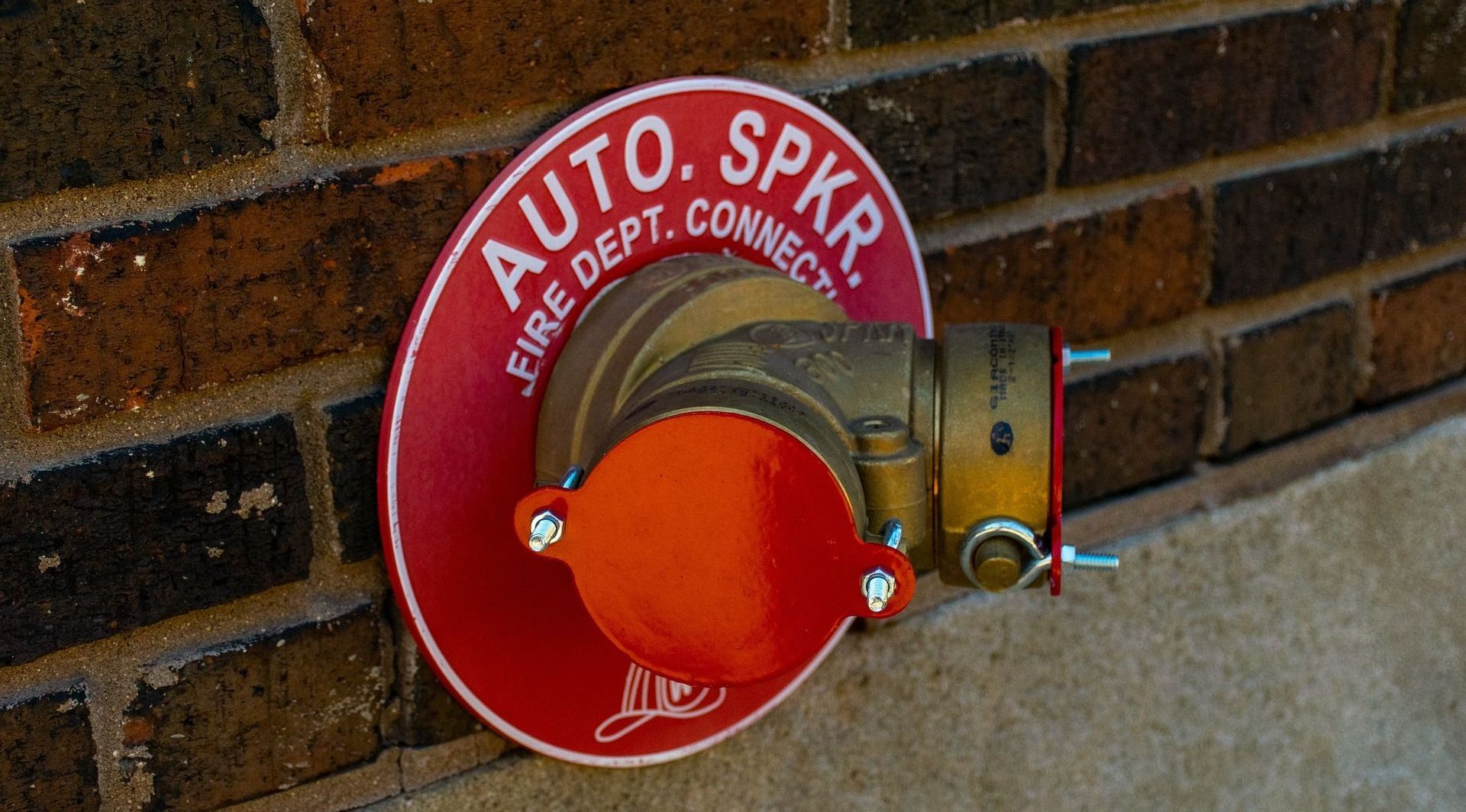
2. Blockages in the Pipes
The Problem: Debris, sediment, or microbial growth (often referred to as MIC, or Microbiologically Influenced Corrosion) can accumulate in the pipes, obstructing water flow during an emergency.
The Solution: Routine flushing of the sprinkler system is essential to remove debris and maintain unobstructed water flow. At ASAP Fire Sprinkler Protection, our team ensures pipes are thoroughly cleaned during inspections to keep the system functioning efficiently.
3. Freezing Temperatures
The Problem: In unheated areas of a building, such as attics or exterior spaces, the water in sprinkler pipes can freeze, causing them to burst or preventing water from reaching the sprinklers when activated.
The Solution: Use antifreeze solutions or install dry pipe sprinkler systems in areas prone to freezing. Dry pipe systems are designed to keep water out of the pipes until the system activates, reducing the risk of freeze damage.
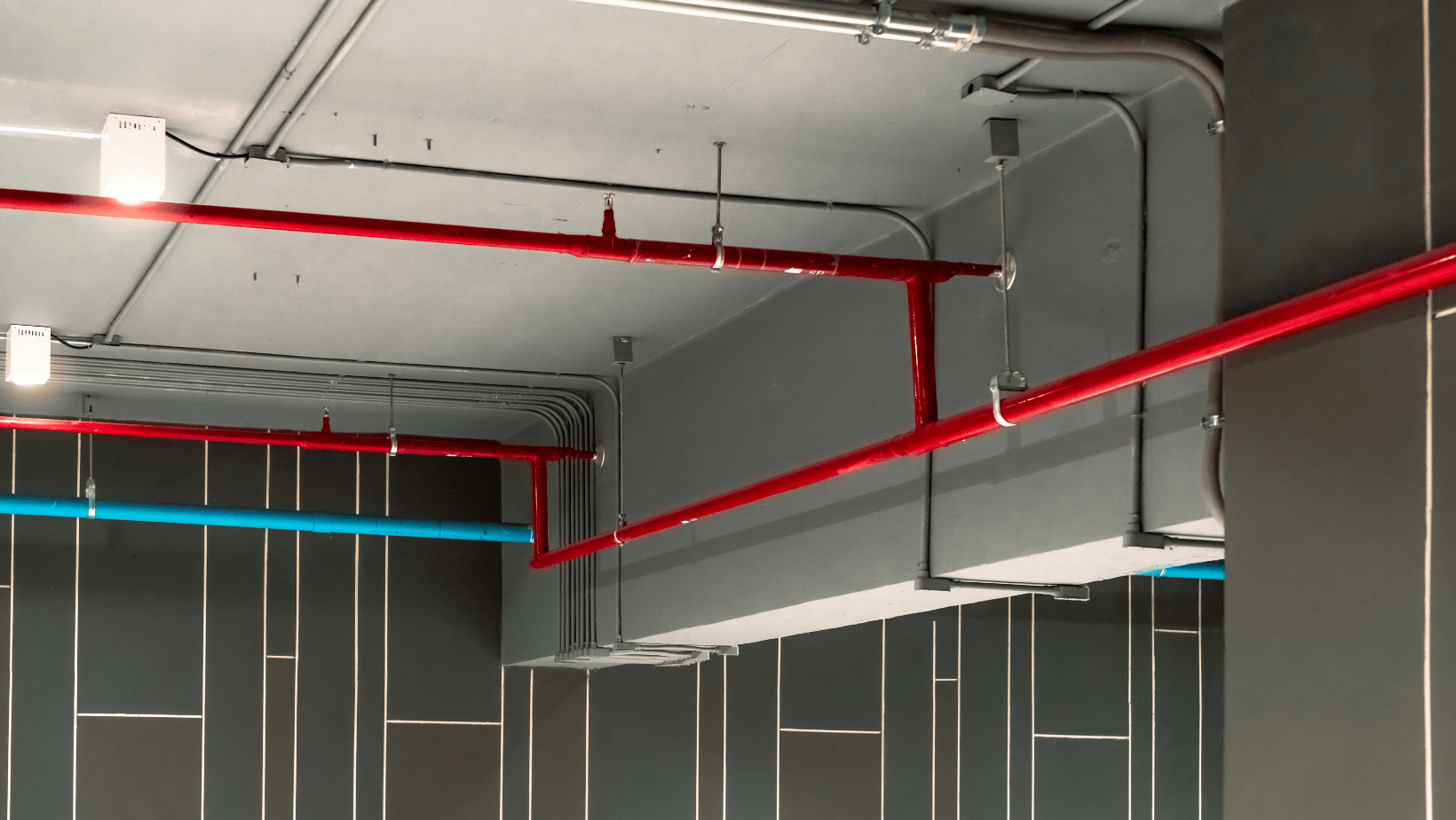
4. Mechanical Damage
The Problem: Sprinkler heads and pipes can be accidentally damaged by maintenance activities, moving equipment, or building renovations. Damaged components may not activate or could cause leaks, reducing system efficiency.
The Solution: Protect sprinkler heads with guards in high-traffic or vulnerable areas, and ensure any renovations are coordinated with fire protection specialists to avoid accidental damage to the system.
5. Outdated or Neglected Systems
The Problem: Fire sprinkler systems that are not inspected or maintained regularly may develop hidden issues, such as worn components or outdated designs, that could fail during a fire.
The Solution: Schedule annual inspections and testing to ensure your system complies with Florida fire codes and remains fully functional. Regular maintenance agreements with ASAP Fire Sprinkler Protection can help you stay on top of necessary upgrades and repairs.
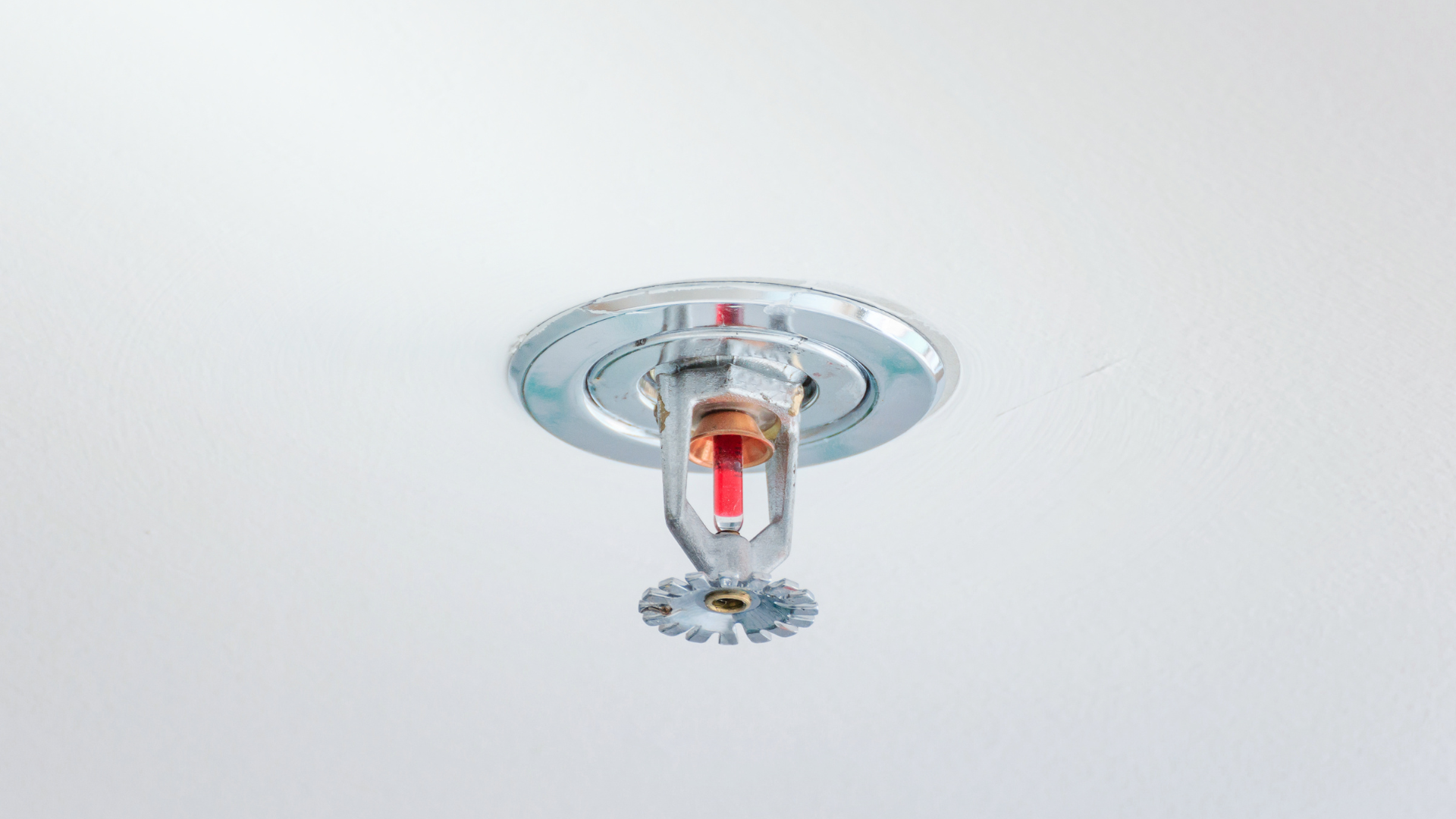
4. Mechanical Damage
The Problem: Sprinkler heads and pipes can be accidentally damaged by maintenance activities, moving equipment, or building renovations. Damaged components may not activate or could cause leaks, reducing system efficiency.
The Solution: Protect sprinkler heads with guards in high-traffic or vulnerable areas, and ensure any renovations are coordinated with fire protection specialists to avoid accidental damage to the system.
5. Outdated or Neglected Systems
The Problem: Fire sprinkler systems that are not inspected or maintained regularly may develop hidden issues, such as worn components or outdated designs, that could fail during a fire.
The Solution: Schedule annual inspections and testing to ensure your system complies with Florida fire codes and remains fully functional. Regular maintenance agreements with ASAP Fire Sprinkler Protection can help you stay on top of necessary upgrades and repairs.
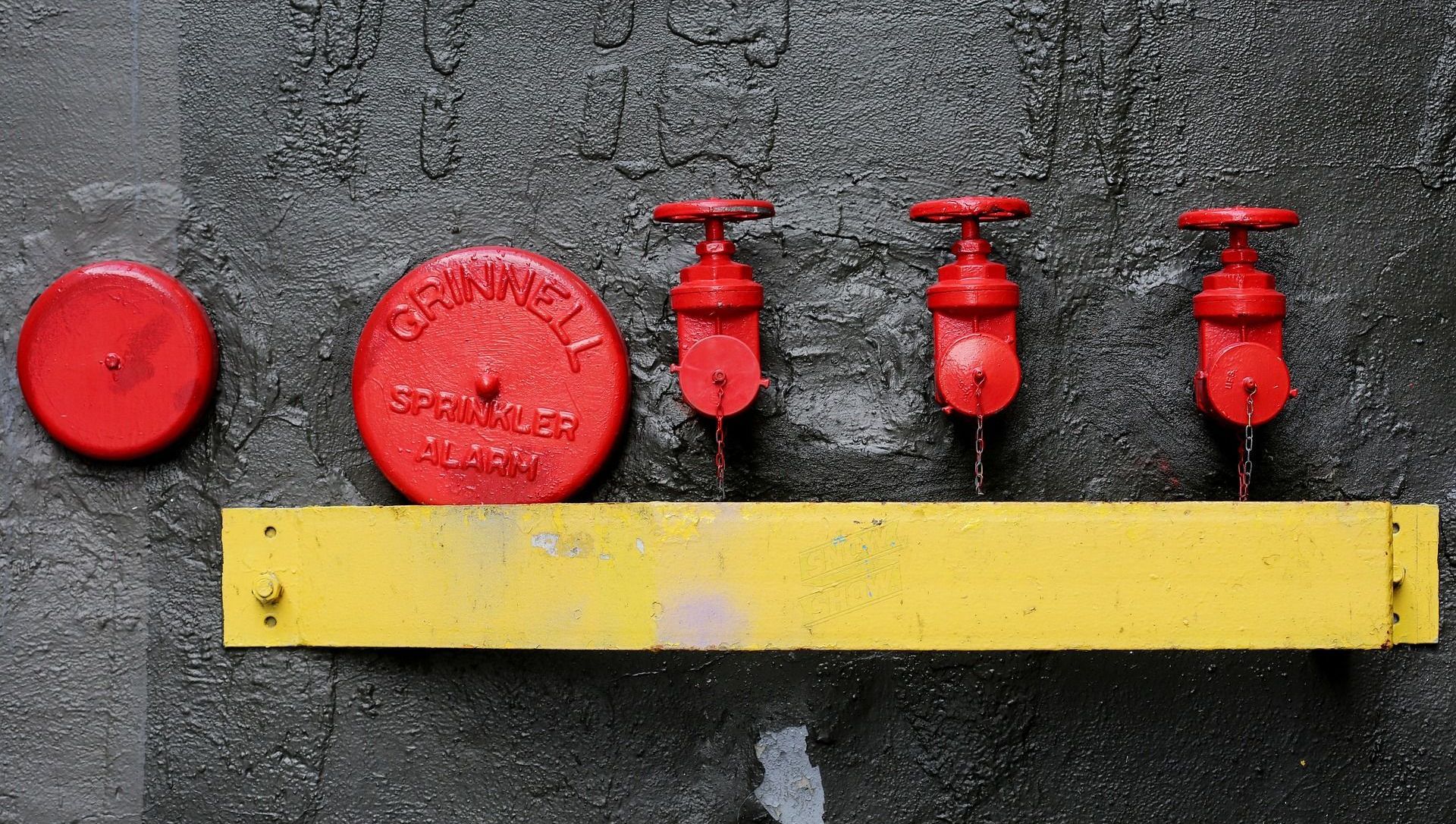
6. Improper Installation or Design
The Problem: A poorly designed or incorrectly installed system may not provide adequate coverage or could result in uneven water distribution during a fire.
The Solution: Work with licensed, bonded, and insured professionals like ASAP Fire Sprinkler Protection for proper installation and design-build services. Our team ensures every system meets safety regulations and is customized to the specific needs of your property.

Trust ASAP Fire Sprinkler Protection to Keep Your System in Top Shape
Preventing fire sprinkler malfunctions starts with proactive maintenance and expert care. At ASAP Fire Sprinkler Protection, we bring over 30 years of combined experience to every project, ensuring your system is reliable and compliant with all safety standards. From routine inspections to comprehensive maintenance agreements, we are committed to safeguarding your property and providing peace of mind.
Protect your property and ensure your fire sprinkler system is ready when you need it most. Contact ASAP Fire Sprinkler Protection to schedule an inspection or discuss how our services can keep your system in optimal condition.


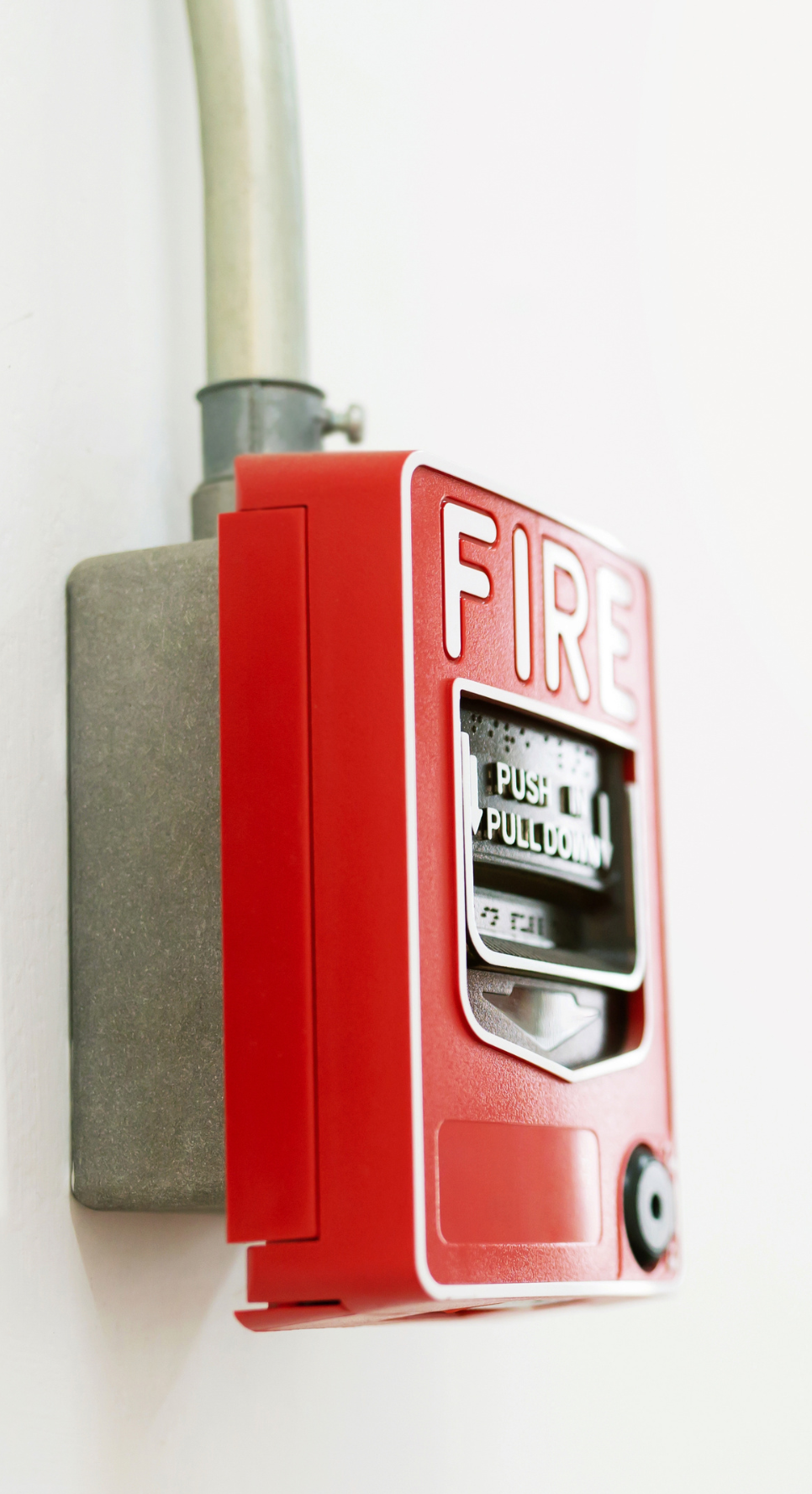


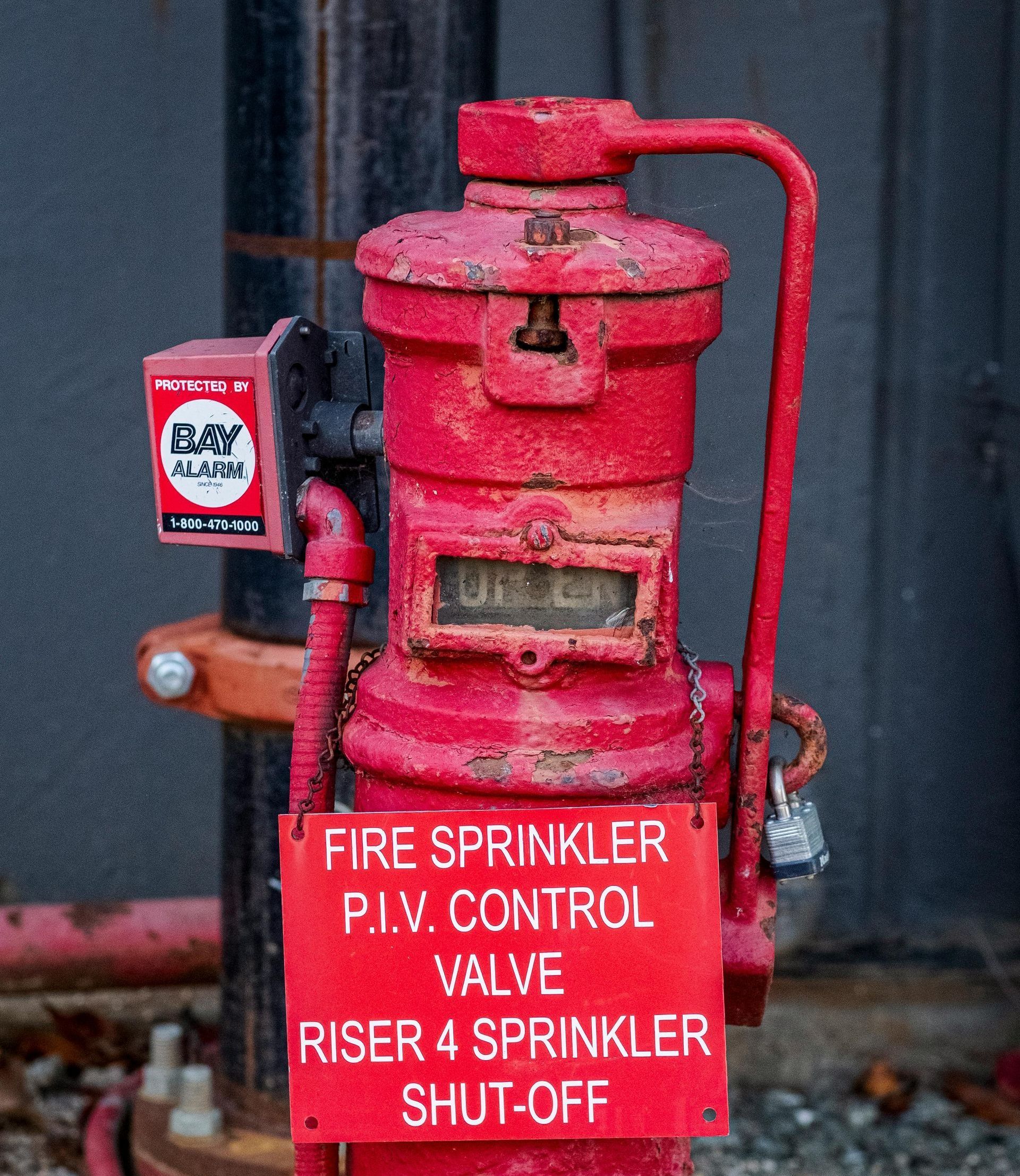
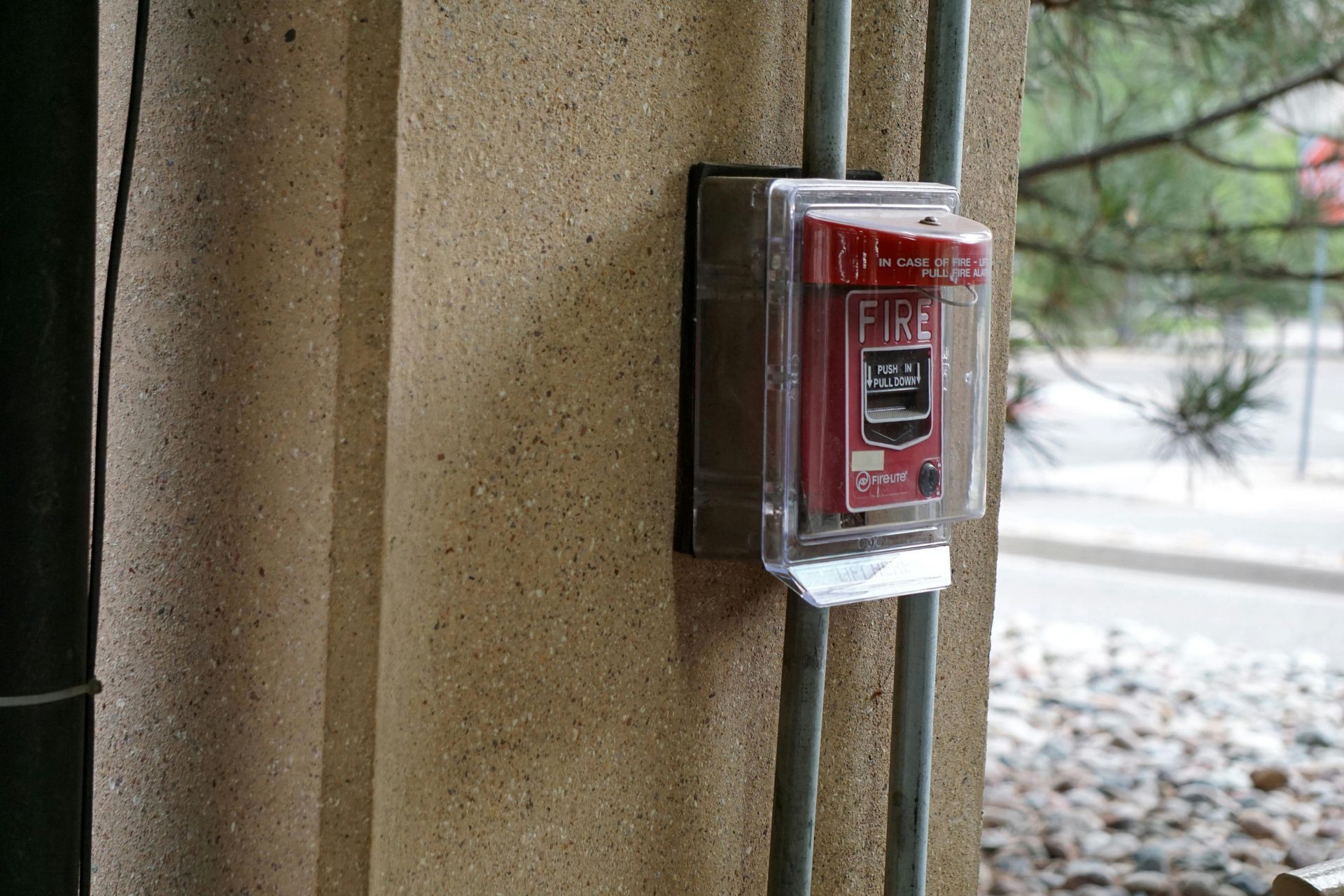
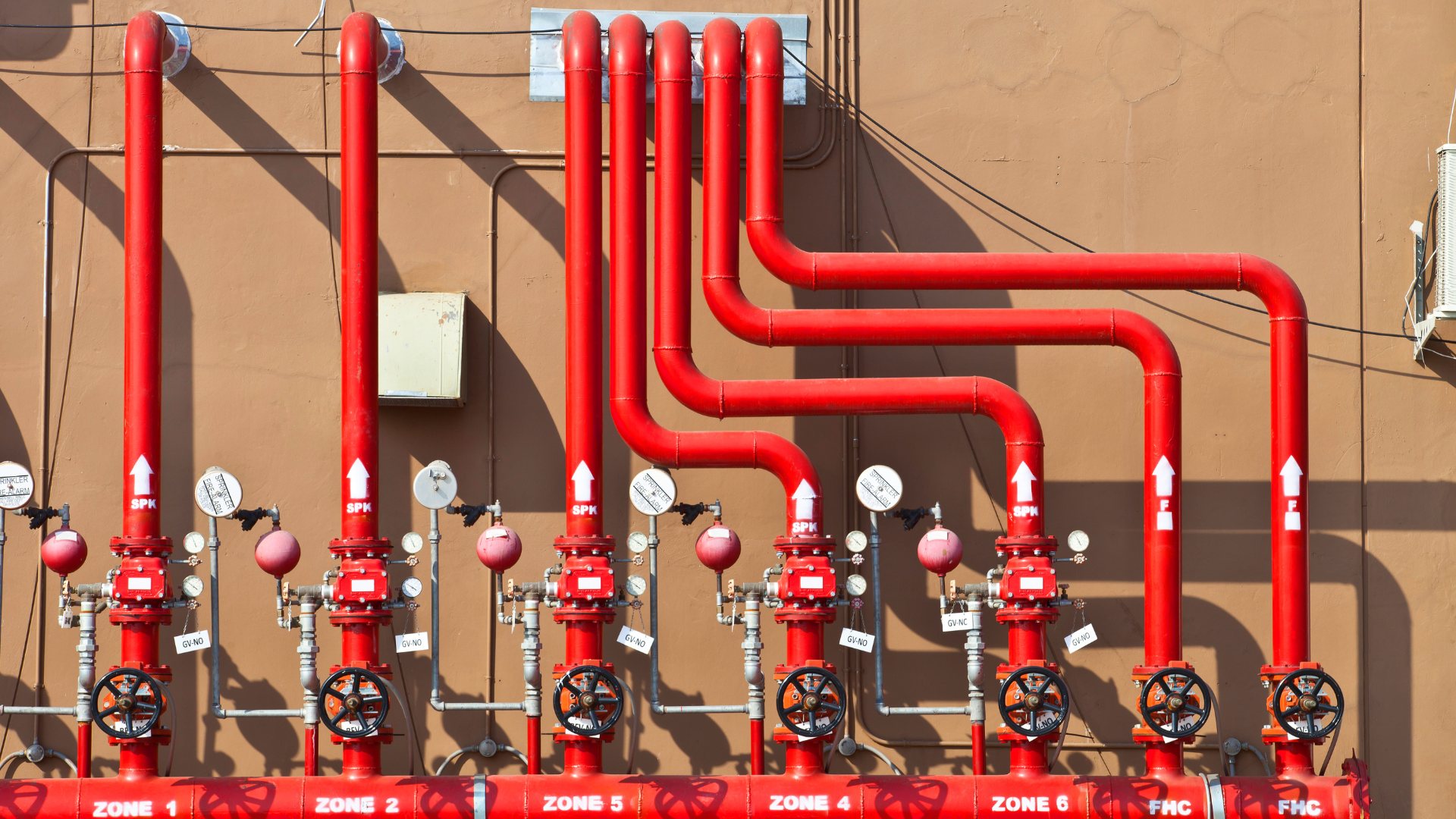

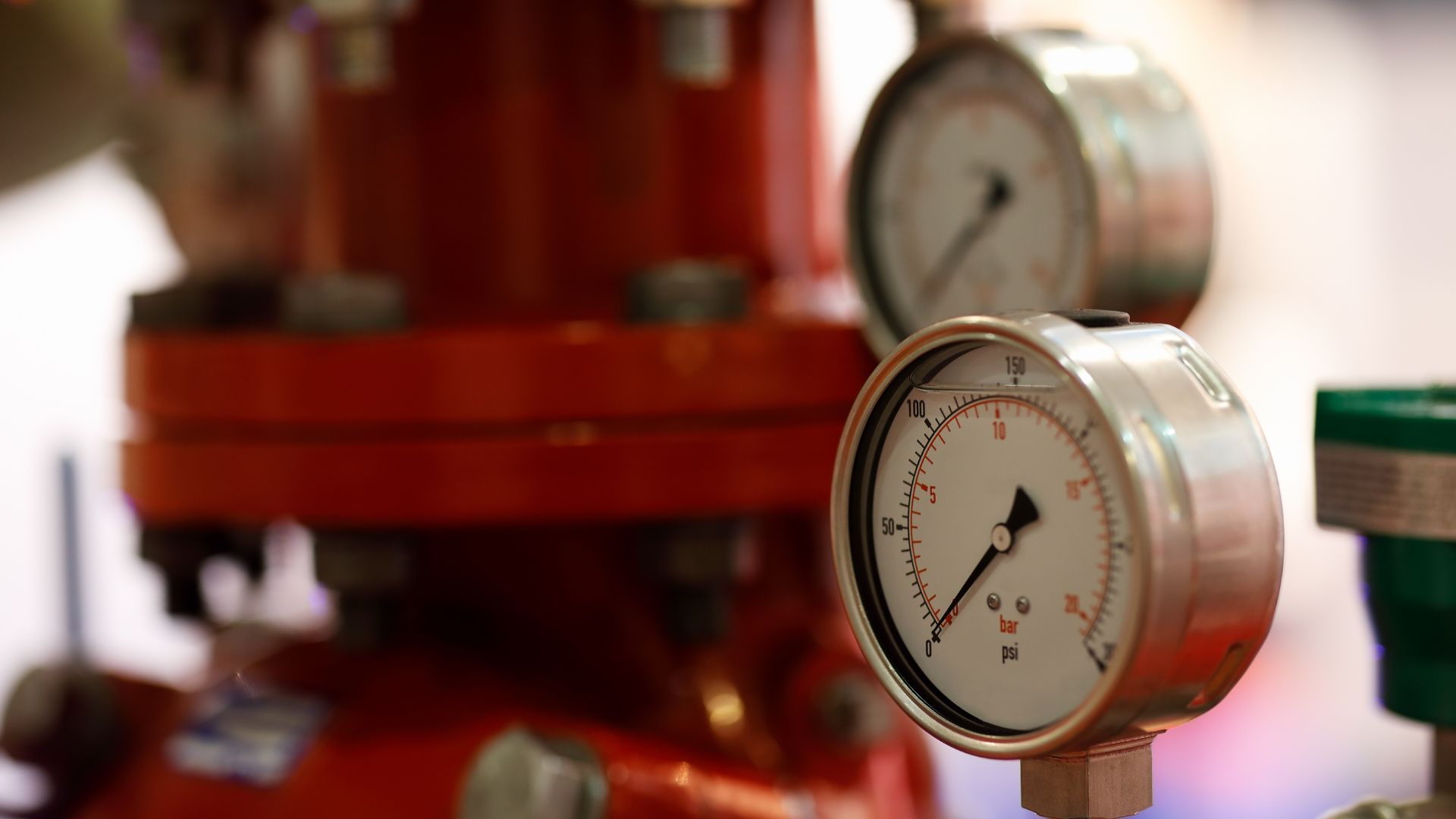

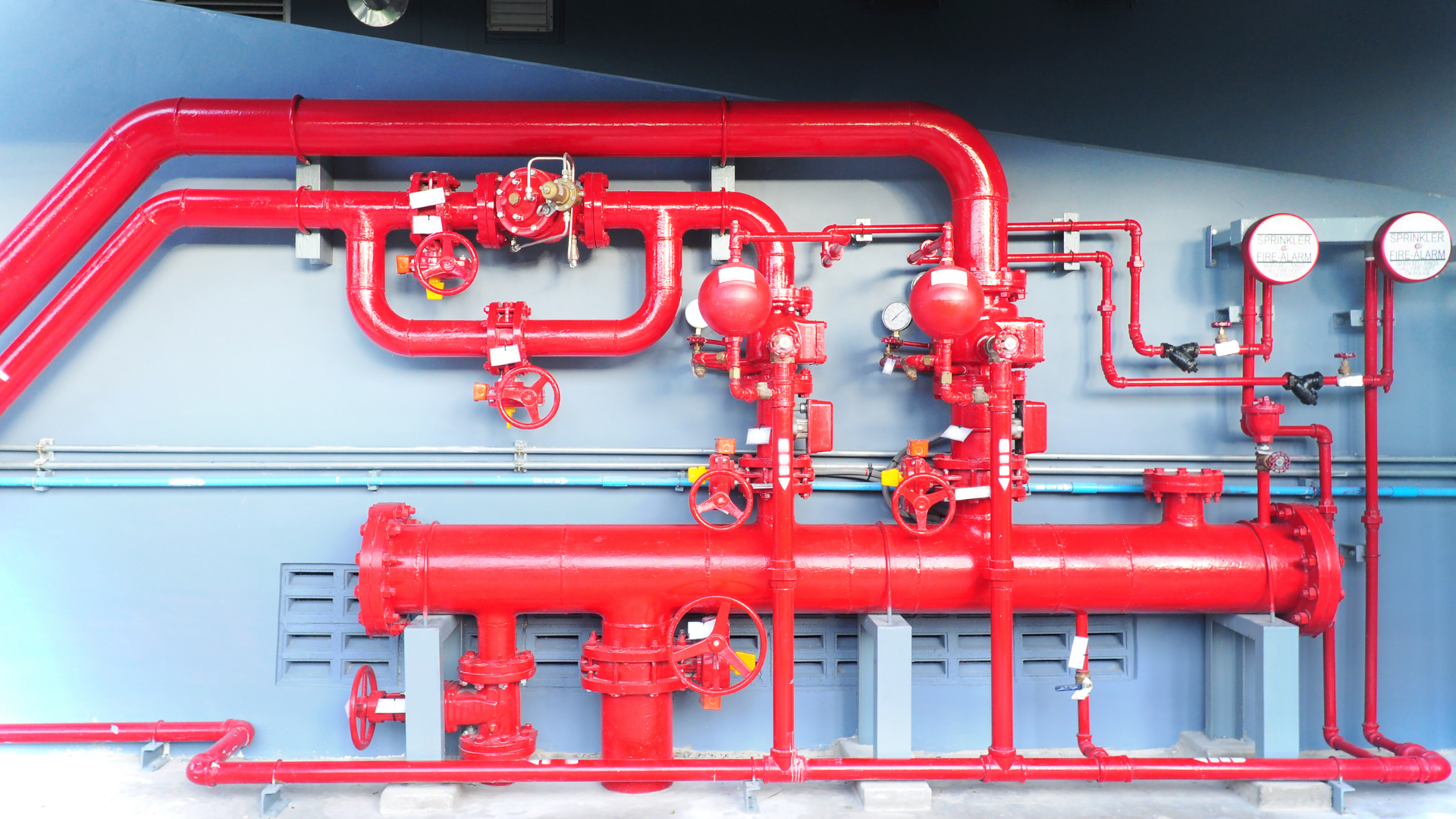

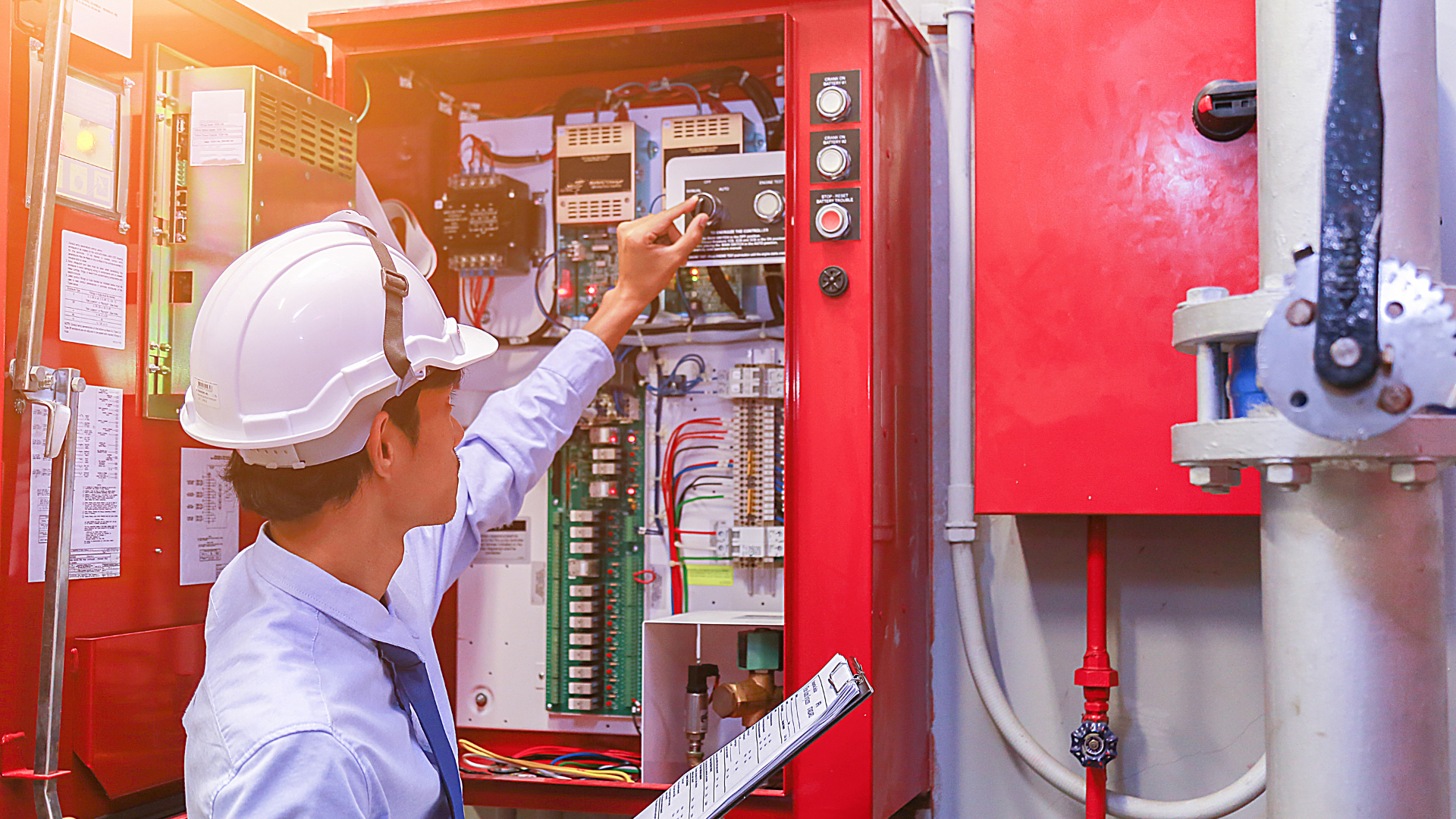
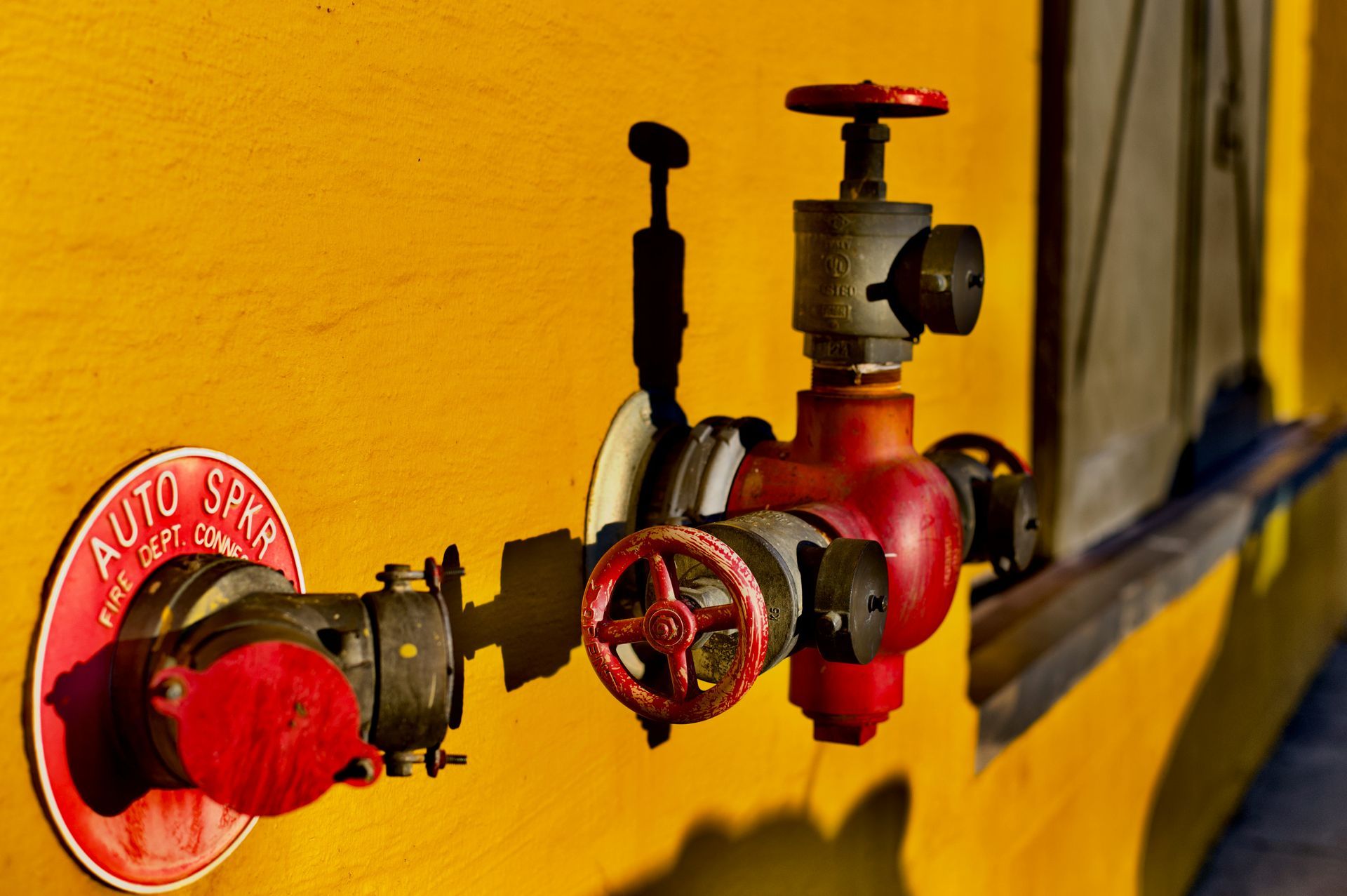
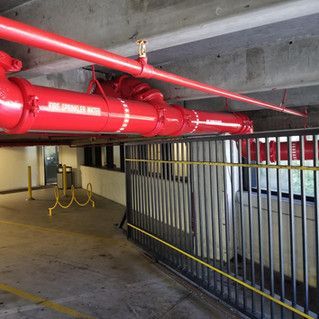
All Rights Reserved | ASAP Fire Sprinkler Protection LLC

